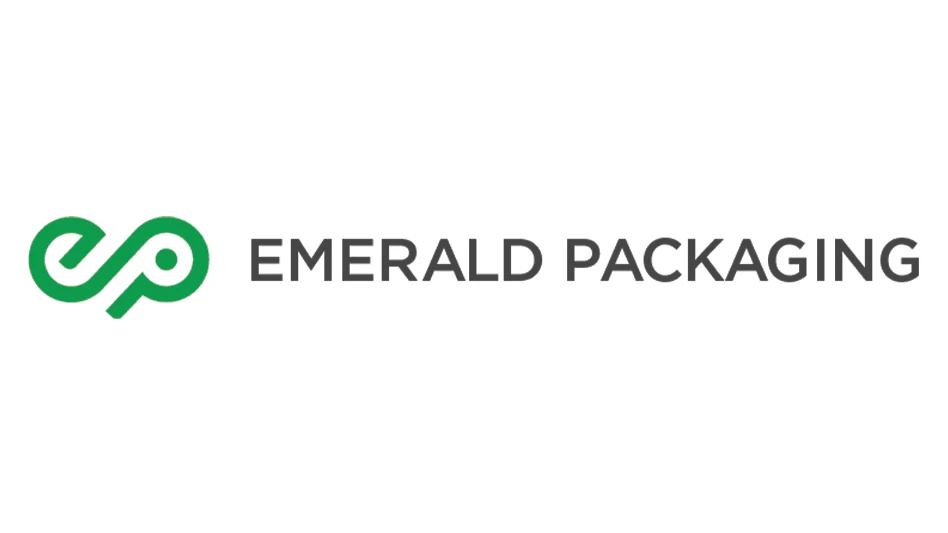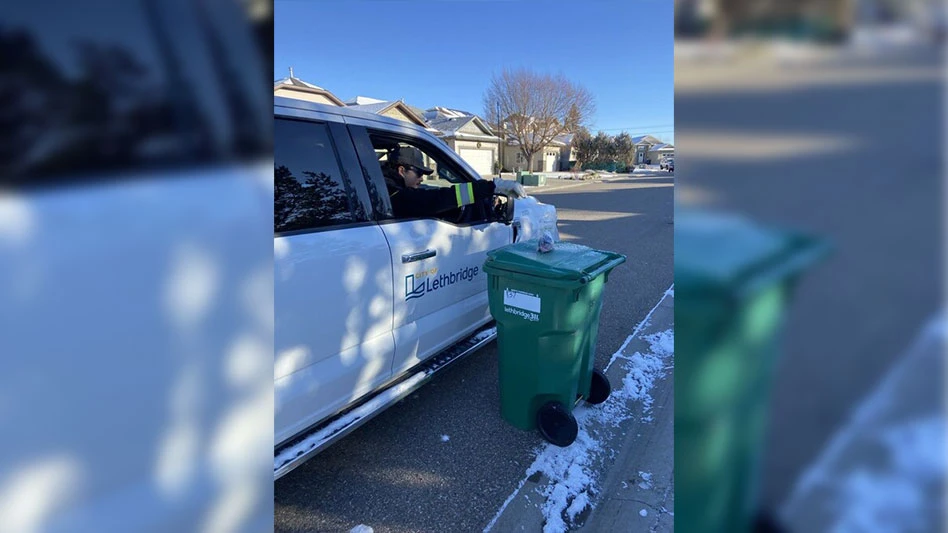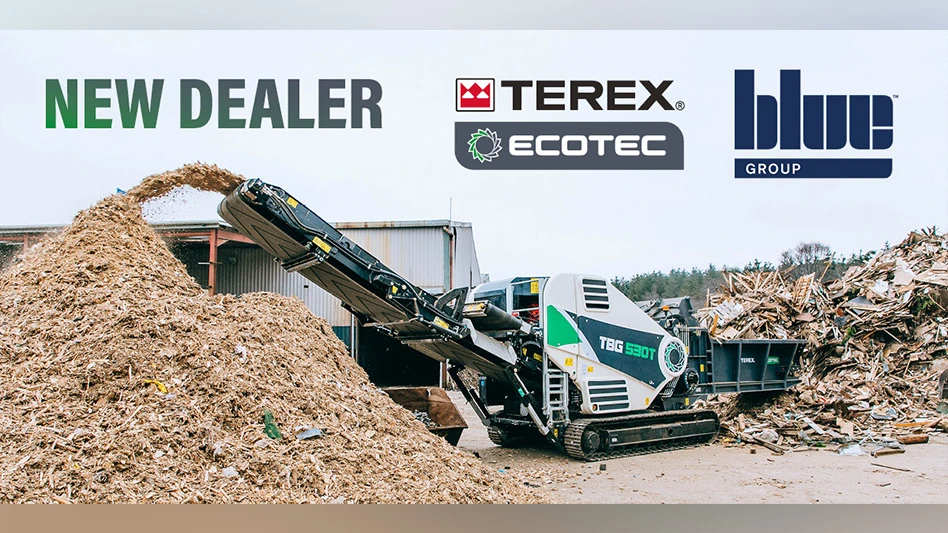
General Iron Industries
General Iron Industries, a metal shredding and recycling facility based in Chicago, has installed and is now operating a $2 million regenerative thermal oxidizer (RTO), which it says allows the company to comply with and outperform a state requirement to reduce uncontrolled volatile organic compound (VOC) emissions. Since the installation was completed in July, General Iron and the Environmental Protection Agency (EPA) have reached an agreed administrative consent order resolving the alleged violations the EPA issued last year, according to a news release from General Iron Industries.
In late 2017, the EPA requested air emissions testing and, in response, General Iron proposed installing the RTO, General Iron reports in the news release. The air tests, supervised by the EPA in May and June 2018, resulted in a notice of violation regarding VOC emissions but found no emissions of metals or filterable particulate matter (PM) violated any permitted levels or applicable requirements. The consent order memorializes the installation and operation of the RTO and sets a timetable for demonstrating its efficiency and obtaining the proper permit, fully resolving the notice that the EPA issued in July 2018.
“The RTO sets an example for our industry and makes General Iron one of the first metal shredding facilities in the country to utilize this highly effective technology to control VOC emissions,” says Adam Labkon, vice president and a fourth-generation owner of General Iron. He adds that no other metal shredding operation in Chicago or the Midwest has adopted this thermal technology.
Under the EPA consent order, General Iron must operate the RTO in a manner that ensures the minimum destruction efficiency of the RTO for VOC emissions from the shredder is 98 percent, General Iron reports in the news release announcing the RTO installation. Within 90 days, the company must conduct a performance test of the RTO to demonstrate the VOC destruction efficiency. By achieving this result, General Iron will outperform a state regulation designed to help bring the region into attainment with the National Ambient Air Quality Standard for ozone. The regulation requires the overall reduction of shredder VOC emissions of at least 81 percent.
In absolute terms, General Iron’s VOC emissions are a mere fraction of the overall VOC emissions from stationary sources in Cook County. The company’s actual VOC emissions from the shredder, averaged annually over five years, were only about 0.17 percent of the VOC emissions from all stationary sources across Cook County in 2014, based on Illinois Environmental Protection Agency data submitted to the U.S. EPA’s National Emissions Inventory.
The RTO destroys VOCs in the shredder by heating the shredder exhaust gases at extremely high temperatures. The hot RTO exhaust gases then pass through a quench/packed tower scrubber, evaporating a portion of the scrubber water and generating steam, which is visible as it exits the scrubber exhaust stack.
Within three months of completing the performance testing, General Iron will submit an application to the Illinois EPA incorporating operating, monitoring, and record-keeping requirements for the RTO into a federally enforceable state operating permit.

In addition to the pioneering installation of the RTO, General Iron is also one of only a few metal shredding facilities in the country that has installed a high-efficiency air filter, consisting of a capture hood, cyclone and roll-media filter system to control PM and metals emissions, and the 2018 test results supported the filter’s effectiveness. The PM and metals testing required by EPA, including for 17 specific metals, as well as the additional impact assessment that General Iron voluntarily performed, demonstrated that General Iron’s PM and metals emissions were far below relevant limits.
According to the news release from General Iron, the company disputed the EPA’s July 2018 allegation that fugitive PM emissions were observed during testing the previous month. The EPA was unable to confirm the alleged observation and, as a result, no finding of fugitive emissions was included in the administrative consent order. Also resolved was an allegation that General Iron failed to submit the May 2018 metals sampling results, which the company asserted were invalid. The EPA independently verified those results were invalid and accepted the June 2018 PM and metals testing.
“We are constantly working with the city of Chicago, as well as the state and federal EPA to ensure that we are complying with, or outperforming, applicable environmental requirements,” Labkon adds. “Installing the RTO was a substantial proactive investment, but it shows our genuine commitment to being an industry leader in protecting public health and the environment.”
Latest from Recycling Today
- China to introduce steel export quotas
- Thyssenkrupp idles capacity in Europe
- Phoenix Technologies closes Ohio rPET facility
- EPA selects 2 governments in Pennsylvania to receive recycling, waste grants
- NWRA Florida Chapter announces 2025 Legislative Champion Awards
- Goldman Sachs Research: Copper prices to decline in 2026
- Tomra opens London RVM showroom
- Ball Corp. makes European investment





